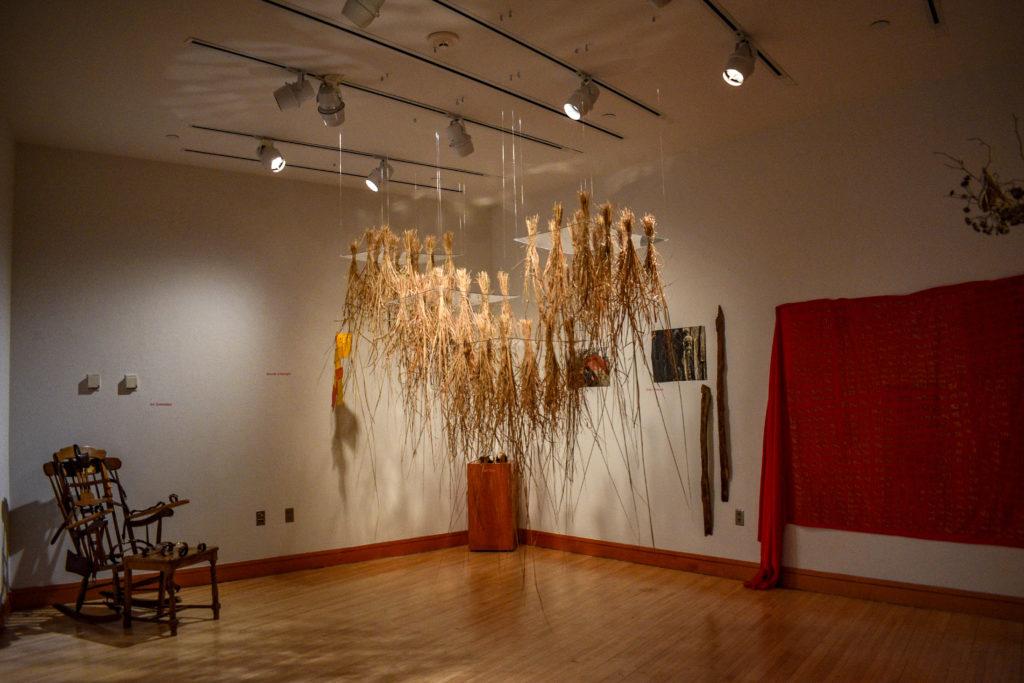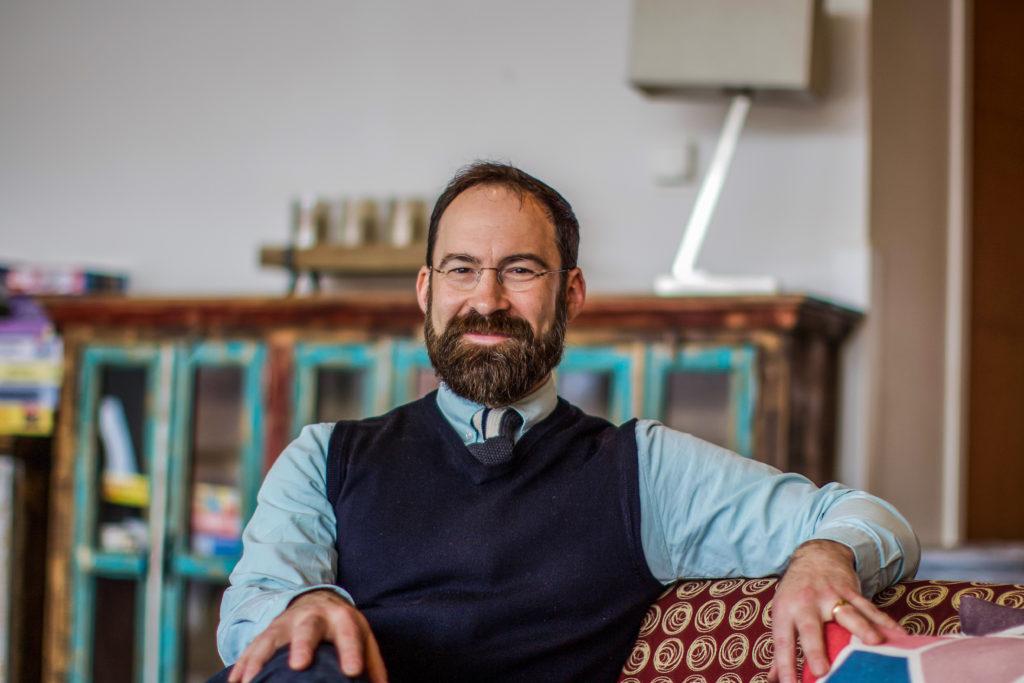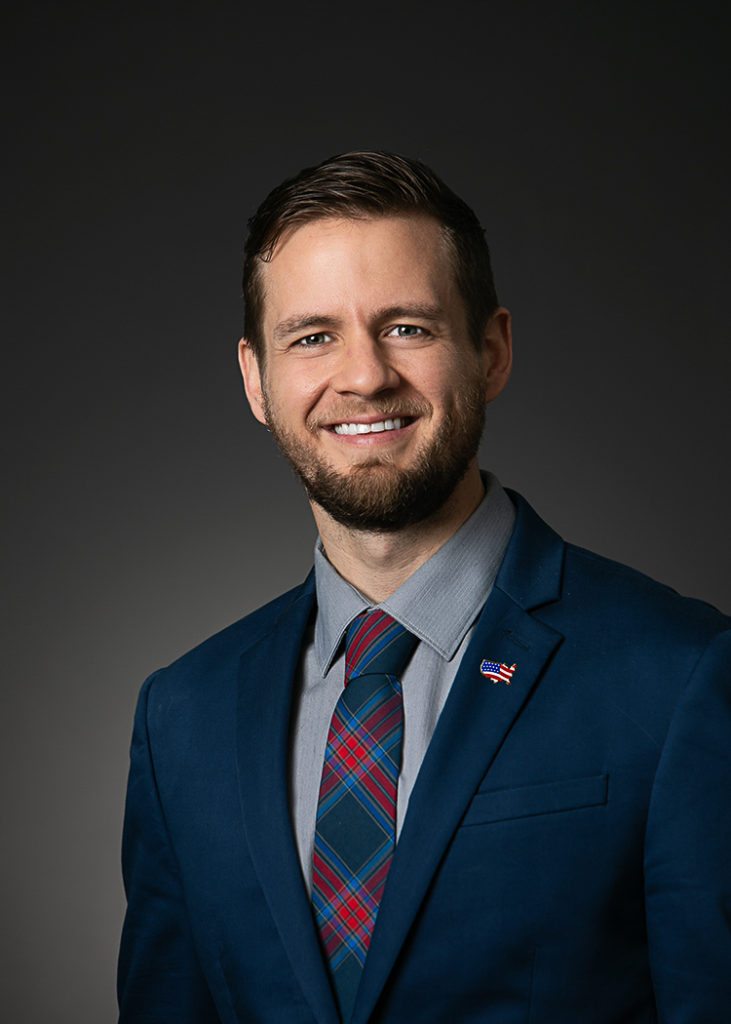
Walking into the Smith Gallery this week, “50135 to 50112,” is almost like walking into the prairie. Prairie grass hangs from the center of the room, a piece by Charlotte Richardson-Deppe ’19, which is suspended by pieces of glass hung from the ceiling. Around the gallery, there are various other pieces, including three back-to-back videos on a loop, each by Misha Gelnarova, Helen Lant and Bea Herce-Hagiwara, all ’18; transparent prints on the window by Can Cai ’18; a sculpture of a chair covered in restraints by Isabella Gonzalez ’18; and a red sheet covered in gold tick marks by Ella Williams ’18, among others. Other students whose work was featured were Emma Christoph, Julia Cory, Julia Shangguan and Emily Mamrak, all ’18, as well as Anne Rogers and Lydia James, both ’19.
As part of the Advanced Studio: Site Specific course taught by Professor Lee Running, studio art, students first created a self-directed project in the Conard Environmental Research Area (CERA), and the class went out to CERA for a critique. Throughout the process, they really engaged with the prairie, including an overnight camping trip to prepare them to take on this site-specific piece. After critique, each student had to decide how to document their work in a way that would work in “50135 to 50112.”
“We wanted a place to think about recontextualizing work that had been produced for one place, and how do you display something when you can’t see it in its original format? Which is kind of a universal problem for artists,” Running said. “It gave an additional problem to the class in a really interesting way. And then the students were responsible for positioning and thinking about where the work was going to be in the room and putting people’s work together.”
Lant’s contribution to the gallery was one of the three videos playing on a loop. She placed a mirror in the North Skunk River at CERA right underneath the highway bridge, angled to reflect the sky rather than the bridge itself. She then covered the mirror with mud, and in the video the mud is slowly being washed off.
“Most of the prairie around here is restored; it’s not the same native biodiversity that was once here, and the mark of the human hand is kind of everywhere you look,” Lant said. “The North Skunk River [has] been completely rerouted to go in a straight line for efficiency and irrigation, and I was thinking about that and kind of wanting to subvert the human touch in that way, … symbolically erasing the human hand.”
In transferring their work from the prairie to the gallery, the biggest consideration for students was how to document an outdoor, site-specific piece in a way that conveys the same effect indoors in Smith Gallery. Some students used elements of performance during the critique at CERA, but adjusted their work for the gallery. Gonzalez’s project, for example, had a performance aspect to it; in the gallery, however, the chair sits still, according to Running.
While all of the projects in “50135 to 50112” were created by individual students on their own, somehow all the pieces come together as a cohesive exhibit.
“I think I appreciate the dialogue that happens between the works of art. I think they reveal things about themselves by being in proximity to other pieces, and I think that’s always an exciting thing for an artist,” Running said. “And pedagogically, that’s important to me. The community that students can form here is something that makes their practices sustainable beyond Grinnell.”




















































